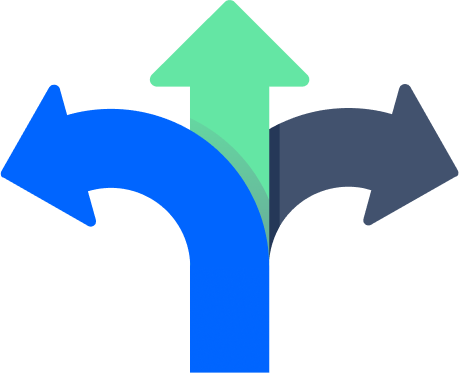How a strategic planning framework can help you achieve your big goals
Don’t worry — it’s not nearly as complex as it sounds
Browse topics
A strategic planning framework is a tool you and your team will use to focus on and fill in a specific element of your strategic plan.
You’ve got big ideas and bigger goals for your company. Maybe you’re set on making the world a better place (hey, aren’t we all?). Or maybe you want to be known for unmatched customer care. Regardless of your specific aim, your whole team is gung-ho about your mission.
But now’s the hard part: How do you transform that idea into an actionable strategy?
The strategic planning process can be daunting, but a strategic planning framework can help. You’ll use your framework (or frameworks) to tackle a specific piece of the strategic planning process with zero confusion and eyerolls, and plenty of energy and enthusiasm.
